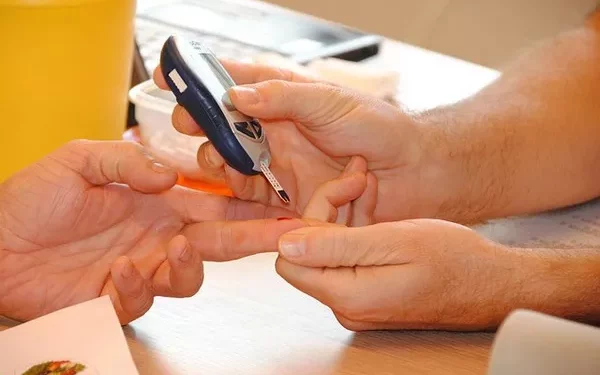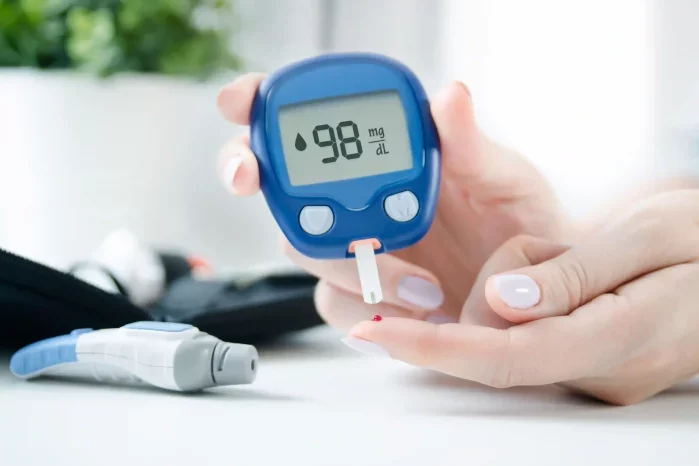Type 2 diabetes is a common and increasingly prevalent metabolic disorder characterized by elevated blood glucose levels due to insulin resistance and relative insulin deficiency. This condition affects millions of individuals worldwide and poses significant health challenges. Beyond its medical designation, type 2 diabetes is known by various other names and terms that reflect different aspects of the disease. This article explores the various names and terminologies associated with type 2 diabetes, examining their historical context, clinical significance, and implications for patient care and education.
Terminology and Synonyms for Type 2 Diabetes
Type 2 Diabetes Mellitus
The full medical term for type 2 diabetes is “type 2 diabetes mellitus.” The term “mellitus” is derived from the Latin word for honey (“mel”), reflecting the characteristic sweet-smelling urine associated with uncontrolled diabetes in ancient times. The addition of “mellitus” distinguishes this condition from “diabetes insipidus,” a different disorder that involves impaired water regulation in the kidneys.
Adult-Onset Diabetes
Type 2 diabetes is often referred to as “adult-onset diabetes” because it predominantly develops in adults, typically after the age of 45. Historically, this term was used to distinguish it from type 1 diabetes, which usually manifests in childhood or adolescence. However, with the increasing incidence of type 2 diabetes in younger populations, including adolescents and children, the term “adult-onset” has become less accurate and is now less commonly used in clinical practice.
Non-Insulin Dependent Diabetes Mellitus (NIDDM)
Another term for type 2 diabetes is “non-insulin dependent diabetes mellitus” (NIDDM). This term highlights the fact that type 2 diabetes does not always require insulin therapy for management, particularly in the early stages of the disease. Instead, it is often managed with lifestyle changes, oral medications, and other non-insulin-based treatments. However, as the disease progresses, some individuals may eventually require insulin therapy.
Insulin Resistance Diabetes
Type 2 diabetes is frequently referred to as “insulin resistance diabetes” because insulin resistance is a central feature of the condition. In type 2 diabetes, the body’s cells become less responsive to insulin, leading to elevated blood glucose levels. This term emphasizes the underlying pathophysiological mechanism of the disease.
Metabolic Syndrome
While not synonymous with type 2 diabetes, “metabolic syndrome” is closely related to the condition. Metabolic syndrome is a cluster of risk factors, including insulin resistance, abdominal obesity, hypertension, and dyslipidemia (abnormal lipid levels), that increase the risk of developing type 2 diabetes and cardiovascular disease. Individuals with metabolic syndrome are at higher risk for type 2 diabetes and often present with both conditions.
Prediabetes
“Prediabetes” is a term used to describe a state of elevated blood glucose levels that is not yet high enough to be classified as type 2 diabetes. Prediabetes serves as an intermediate stage between normal glucose metabolism and type 2 diabetes. Individuals with prediabetes are at increased risk of developing type 2 diabetes and may benefit from lifestyle interventions to prevent or delay the onset of the disease.
Lifestyle-Related Diabetes
The term “lifestyle-related diabetes” is used to emphasize the strong association between type 2 diabetes and lifestyle factors such as diet, physical activity, and obesity. Poor lifestyle choices, including a high-calorie diet and lack of exercise, contribute significantly to the development and progression of type 2 diabetes. Addressing lifestyle factors is a key component of managing and preventing the disease.
Chronic Hyperglycemia
“Chronic hyperglycemia” refers to persistently high blood glucose levels, a hallmark of type 2 diabetes. While not a specific term for type 2 diabetes, chronic hyperglycemia is a critical aspect of the disease and is used to describe the long-term impact of uncontrolled diabetes on the body.
Historical Context and Evolution of Terminology
Ancient Understanding of Diabetes
The understanding of diabetes has evolved significantly over centuries. In ancient times, diabetes was described by Greek and Roman physicians as a condition characterized by excessive thirst and frequent urination. The term “diabetes” itself comes from the Greek word “siphon,” describing the condition’s symptom of passing large quantities of urine.
Discovery of Insulin and Modern Terminology
The discovery of insulin in the early 20th century revolutionized the treatment of diabetes and led to the development of modern terminology. Before this discovery, diabetes was a largely untreatable condition with a poor prognosis. The distinction between type 1 and type 2 diabetes became clearer as researchers and clinicians identified different underlying mechanisms and treatment needs.
Shifts in Terminology and Classification
Over time, terminology related to diabetes has shifted to reflect advances in medical knowledge and changes in disease patterns. For example, the term “adult-onset diabetes” was used to differentiate type 2 diabetes from type 1 diabetes, but the rising prevalence of type 2 diabetes in younger individuals led to the discontinuation of this term in favor of more descriptive and accurate terminology.
Clinical Implications of Terminology
Patient Education
Understanding the various terms and synonyms associated with type 2 diabetes is important for patient education. Clear and accurate communication about the disease helps patients understand their condition, treatment options, and the importance of lifestyle changes. Misunderstandings about terminology can lead to confusion and non-adherence to treatment plans.
Treatment and Management
Different terms highlight various aspects of type 2 diabetes, influencing treatment approaches and management strategies. For example, recognizing type 2 diabetes as an “insulin resistance” condition underscores the importance of addressing insulin sensitivity through lifestyle interventions and medications that improve insulin action.
Research and Policy
Terminology also plays a role in research and public health policy. Accurate and consistent use of terms helps researchers compare studies, track disease trends, and develop effective interventions. Public health campaigns can use terminology to raise awareness and promote prevention strategies, particularly in populations at risk of developing type 2 diabetes.
The Future of Diabetes Terminology
Emerging Research and New Insights
Ongoing research continues to shed light on the complex mechanisms underlying type 2 diabetes. New discoveries may lead to the development of more specific terms and classifications that better reflect the diversity of the condition. For example, research into genetic and environmental factors may lead to more personalized approaches to diabetes management and treatment.
Global Perspectives and Terminology
Different regions and cultures may use varying terms for type 2 diabetes, reflecting diverse medical traditions and practices. Global health initiatives must consider these differences to ensure effective communication and culturally sensitive care. Standardizing terminology across regions can enhance collaboration and improve global diabetes management efforts.
See also: What’s Diabetes Mellitus Without Complications
Conclusion
Type 2 diabetes is known by various names and terms, each highlighting different aspects of the condition. From “type 2 diabetes mellitus” to “insulin resistance diabetes” and “lifestyle-related diabetes,” these terms reflect the disease’s complexity and its impact on individuals and public health. Understanding the terminology associated with type 2 diabetes is essential for effective patient education, treatment, and management. As research and medical knowledge continue to evolve, so too will the terminology and classification of this important metabolic disorder.
Related topics:


























